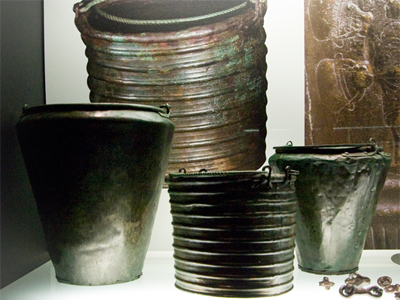
Not long ago, I splurged and bought my favorite ice cream as a treat after a long week. It sat in my freezer for the right moment to enjoy its sugary goodness. Finally I opened my freezer and found, to my horror, my treat had turned to mush. Why? My refrigerator and freezer were broken. The expense for a new refrigerator was around $700. How could I have seen that expense coming?
The answer? I couldn’t have. This was an unknown unknown, a large expense I did not know about in advance and could not have forseen, and this is the first bucket your money should go into.
Each month, you should save some of your income for such emergencies. You may feel like you (and by extension, your possessions) are young and invincible (I know the feeling), and that emergencies don’t happen to you, but emergencies happen to everyone. “What kind of emergencies?” you might ask. The answer is: Precisely. I can’t tell you what this fund is for, I can only tell you that you will be thankful you have it.
How much should you save in this ice cream (and fridge) protection fund? It’s suggested that you save about 10% per month, or set aside 3-6 months’ worth of living expenses. This gives you cushion so you won’t have to go into debt if something expensive happens.
What kind of account should this bucket be? If your bank has a good interest rate, you could keep your emergency savings there, or you can keep them in a brokerage account in money market funds (these are sometimes referred to as “cash equivalent” funds, with each share staying as close as possible to $1).
You can also use a brokerage account, and just make sure you keep track of how much you are saving for emergencies and how much you are saving long-term.
The point of emergency savings is to have your money in a form where you can access it right away if need be. In financial lingo, this is known as being “highly liquid.”
Remember to replenish this bucket, as emergencies sometimes come in groups of unforeseeable events, and you want to be prepared for future unknowns as well. Now, it’s time to replenish my stash of ice cream.
Photo by vintagedept used under Flickr Creative Commons license.